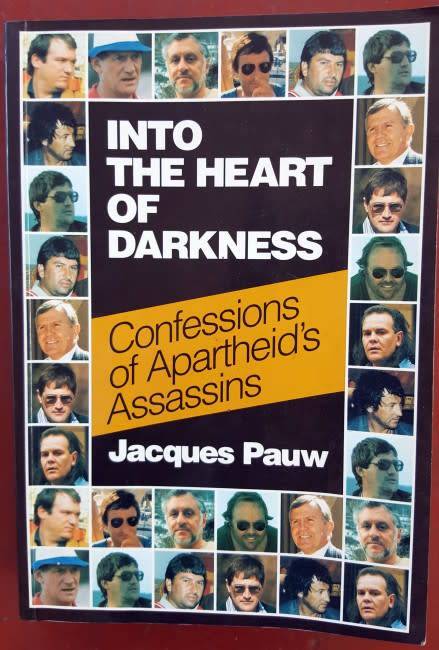“In a dry ditch on the slightly elevated river bank, a shallow grave was dug with bushveld wood and tyres. The two corpses (Mavuso was murdered along with an askari called Peter Dlamini) were lifted onto the pyre and as the sun set over the Eastern Transvaal bushveld, two fires were lit, one to burn the bodies to ashes, the other for the security policemen to sit around, drinking and grilling meat,” Pauw writes in the book.
Dirk Coetzee told Pauw during the eighties: “Well, during the time we were drinking heavily, all of us, always, every day. It was just another job to be done. In the beginning it smells like a meat braai, in the end like the burning of bones. It takes about seven to nine hours to burn the bodies to ashes. We would have our own little braai and just keep on drinking.”
“Coetzee was never driven by remorse at all, and it is important to note that. There was no remorse for the people he had killed. In fact, Coetzee’s best years were at Vlakplaas. It was the highlight of his life,” Pauw tells Daily Maverick in a phone interview a day after Coetzee’s death from kidney failure.
“Dirk Coetzee always said to me that if he had stayed at Vlakplaas he would have killed more people than Eugene de Kock. There was no remorse,” Pauw says. Like Coetzee, Eugene de Kock was a ruthless killer for the Apartheid regime, earning the moniker ‘Prime Evil’. (De Kock took over the running of Vlakplaas after Coetzee was ousted in the early eighties.)


